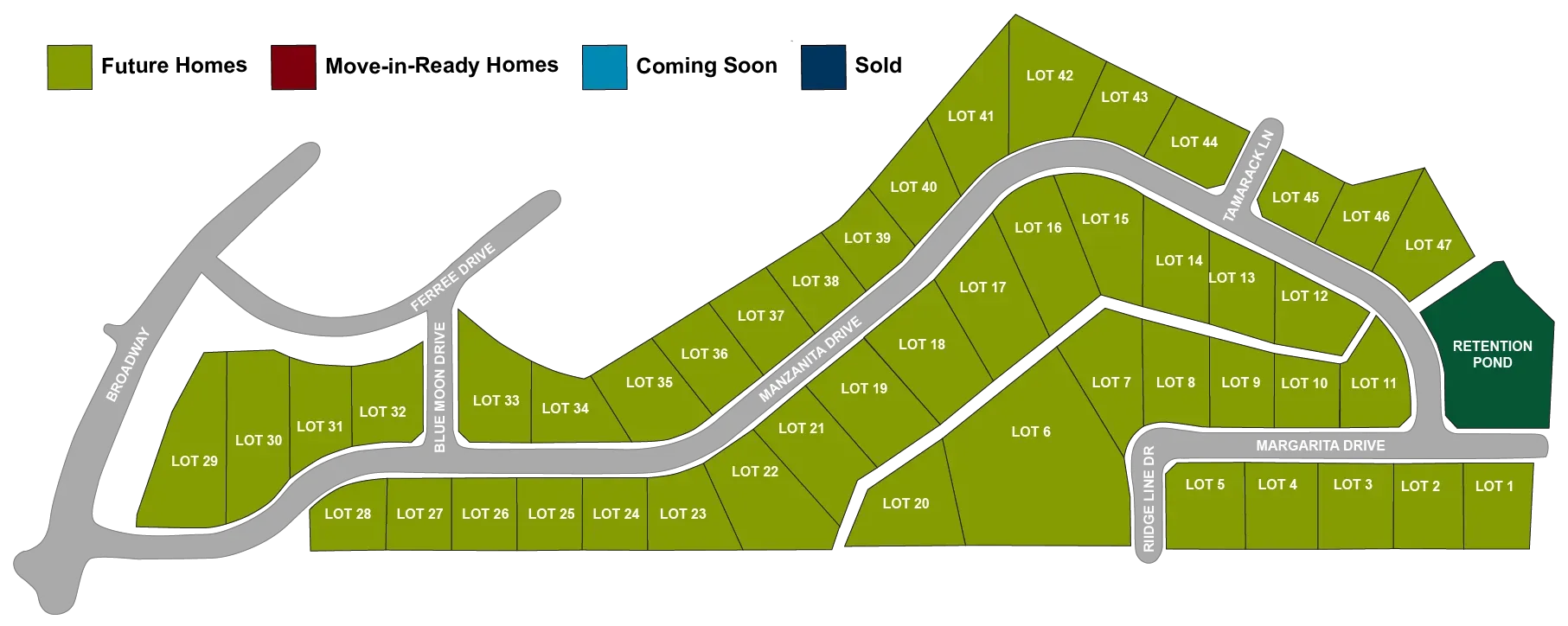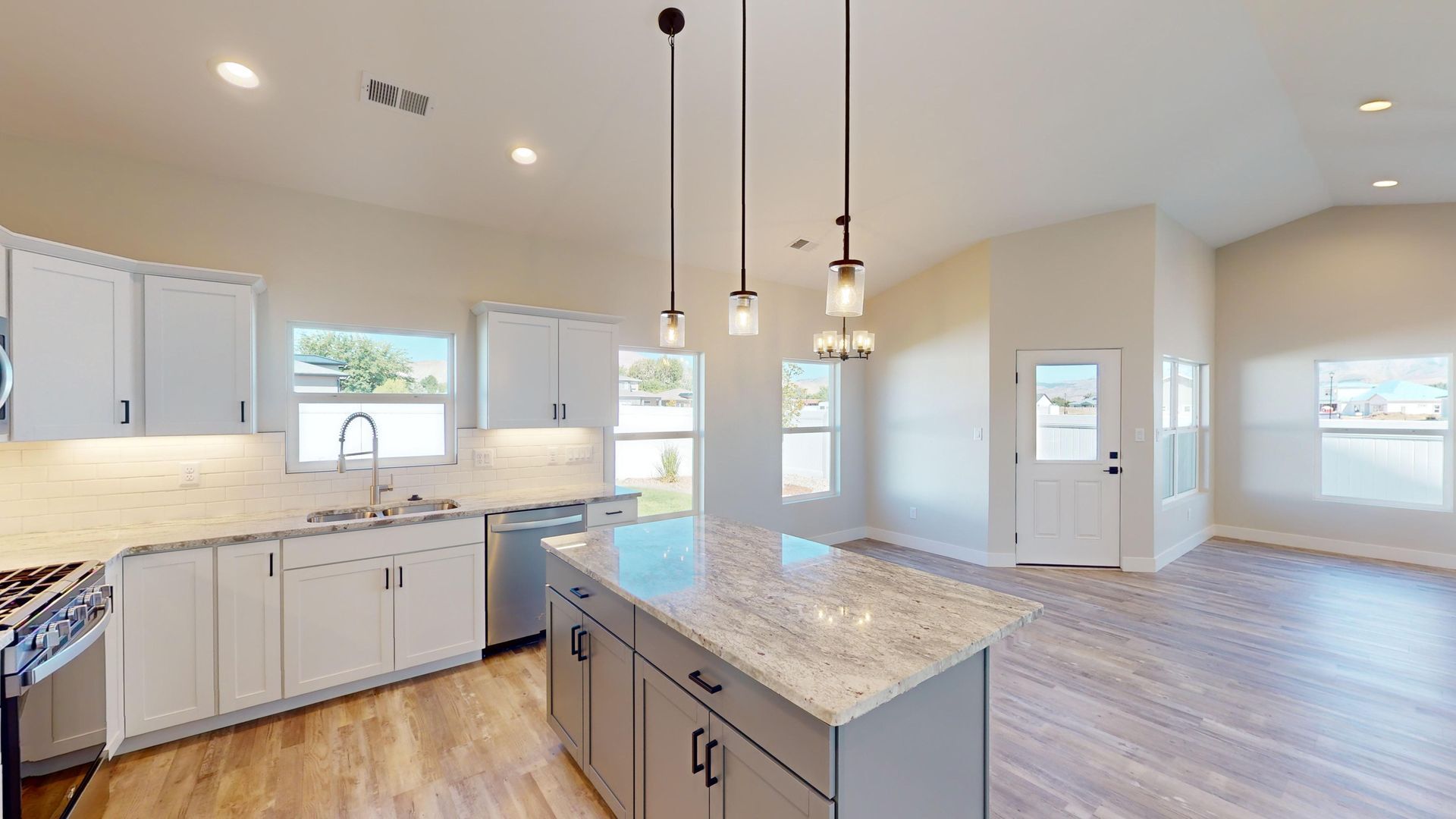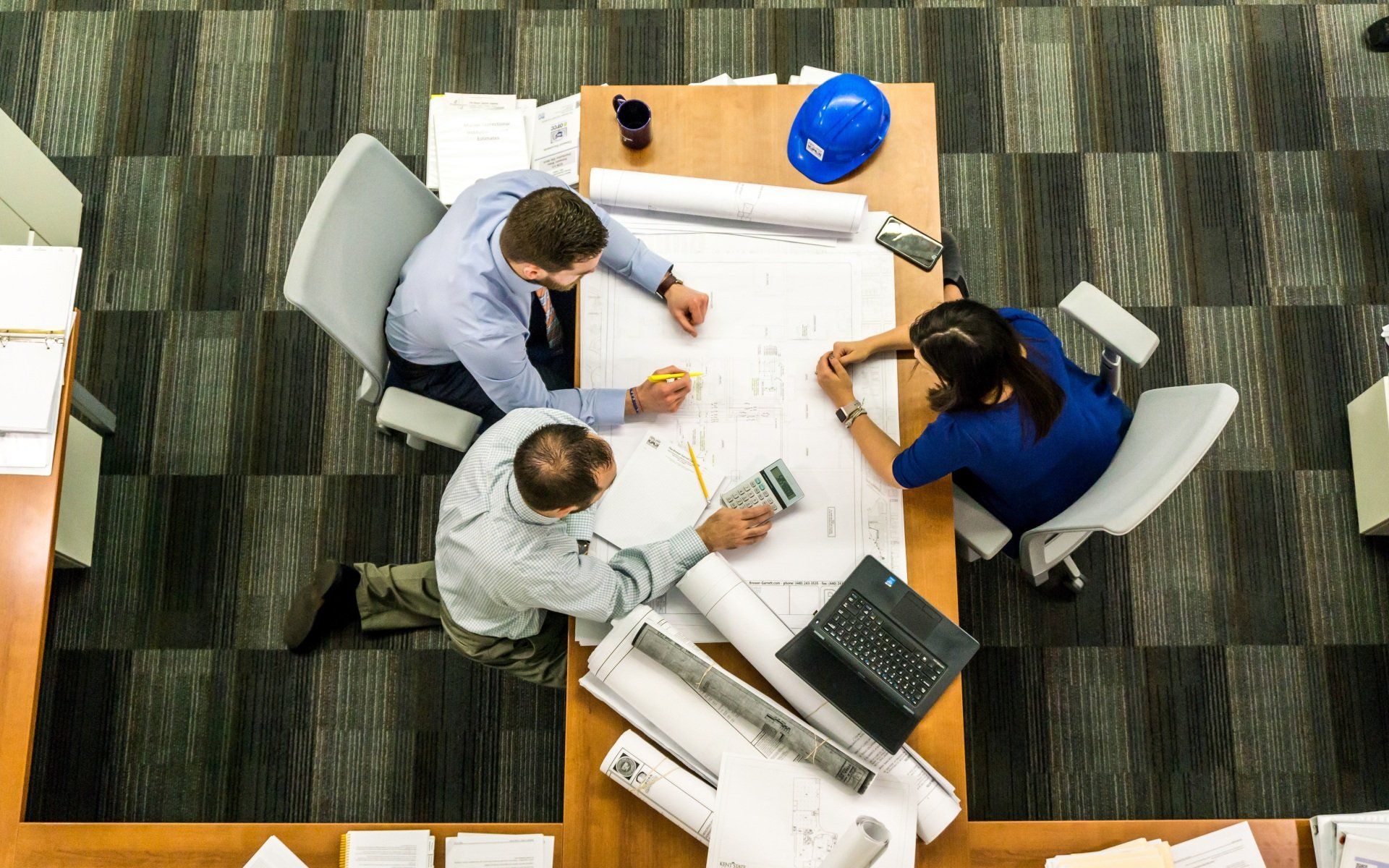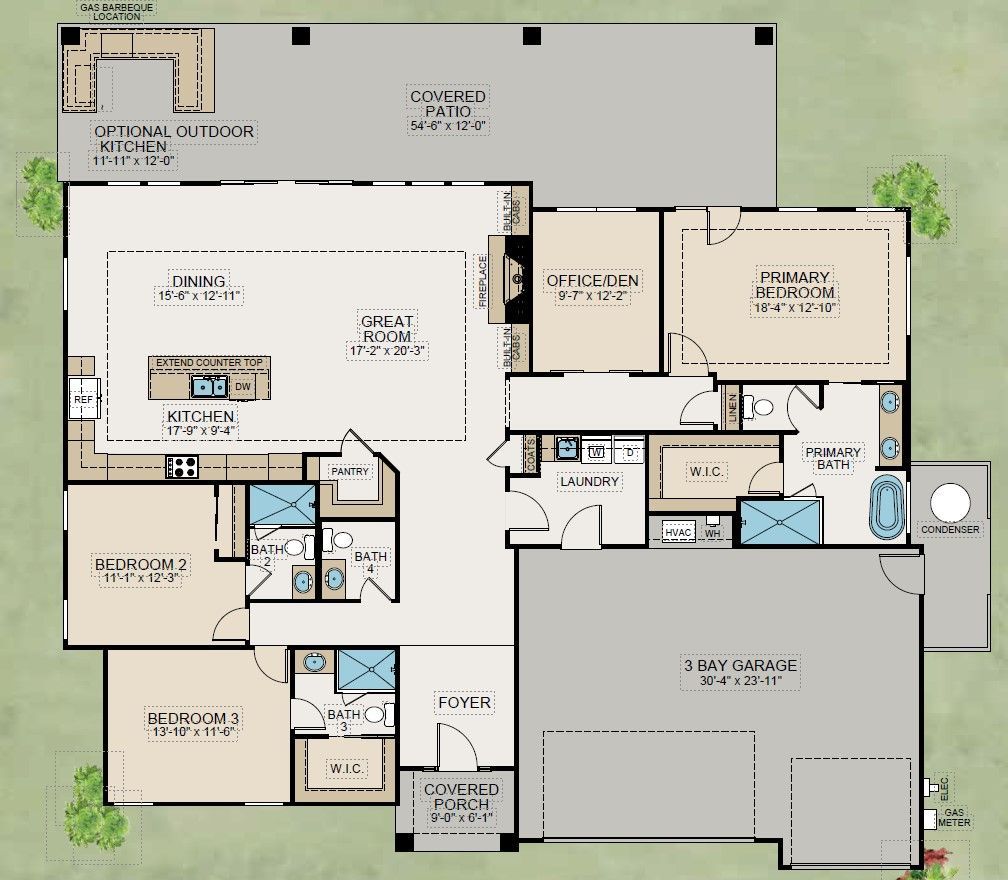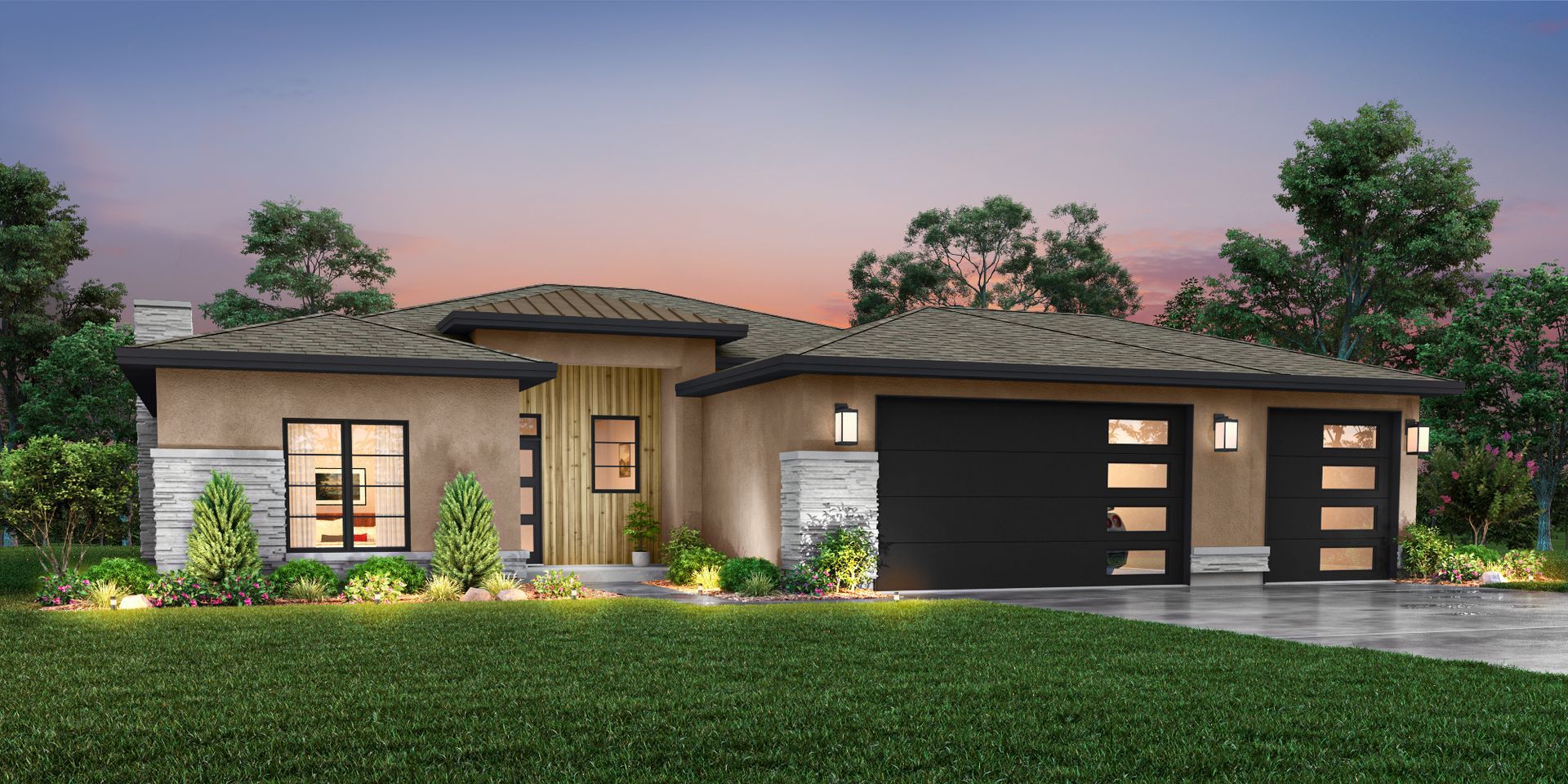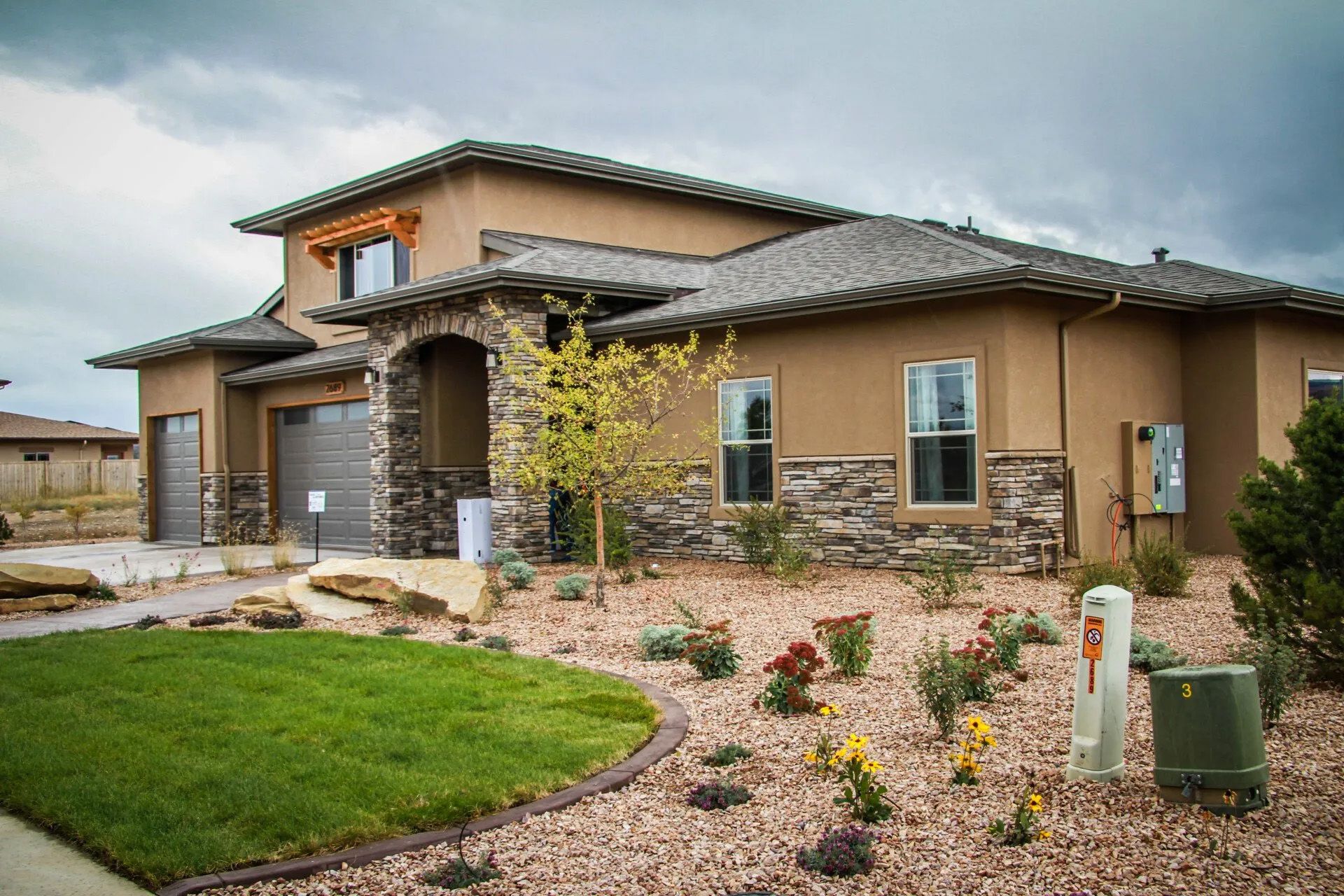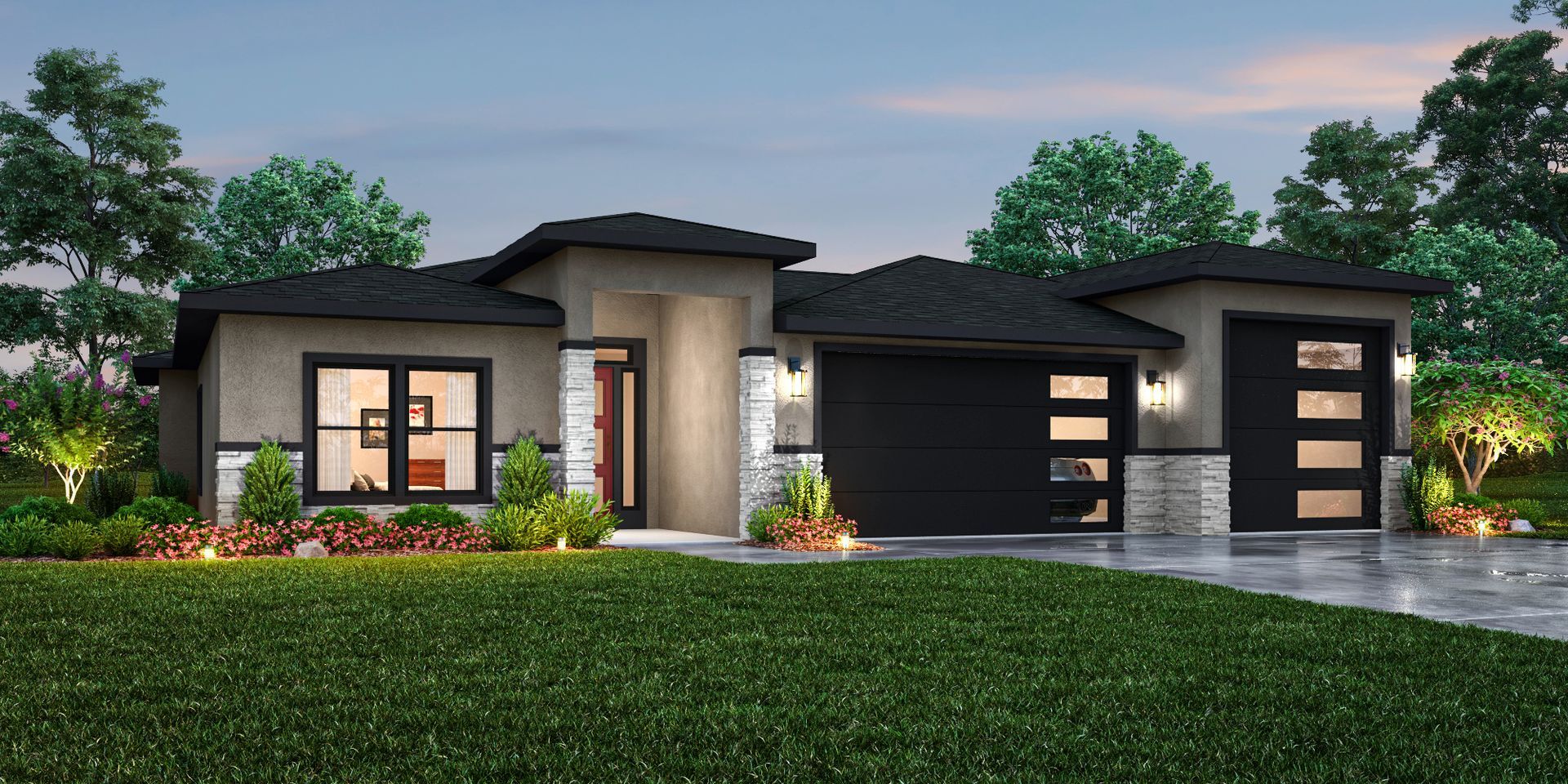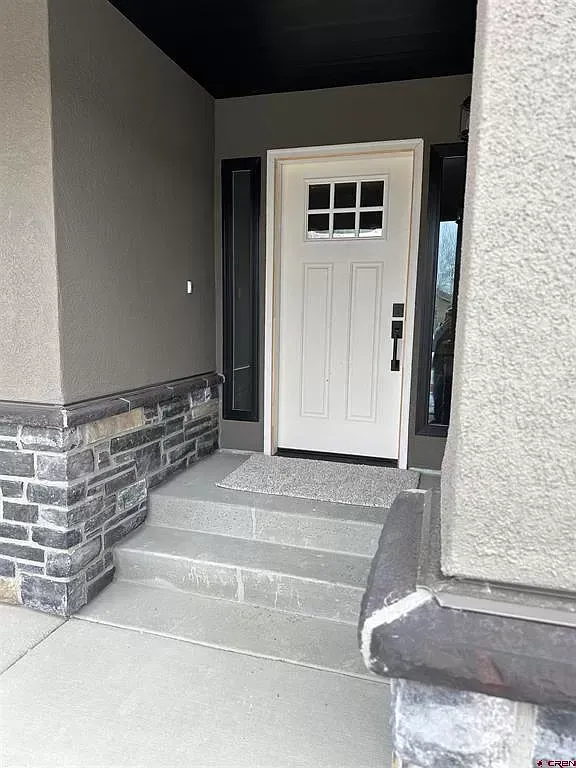The Advantages of Building a New Home Over Buying an Existing Home
Are you torn between buying an existing home or building your dream home from scratch? While both options have their merits, there are distinct advantages to partnering with a reputable builder like Integrity Homes to bring your vision to life. In this article, we'll explore the top benefits of building a house with a builder, offering insights into why custom construction might be the perfect choice for you.
Tailored Design and Personalization
One of the most compelling reasons to build a house with Integrity Homes is the ability to tailor the design to suit your unique preferences and lifestyle. Unlike purchasing an existing home, where you're limited to the layout and features already in place, building allows you to customize every aspect of your home. From selecting the floor plan and choosing finishes to incorporating personalized touches, such as built-in storage or a home office, the possibilities are endless.
Modern Amenities and Energy Efficiency
When you build a home with Integrity Homes, you have the opportunity to integrate the latest amenities and energy-efficient features into your design. From smart home technology and energy-efficient appliances to eco-friendly building materials and solar panels, our team can help you create a home that's not only stylish and comfortable but also environmentally sustainable. Enjoy lower utility bills and a reduced carbon footprint while living in a home that's designed for the future.
Quality Craftsmanship and Attention to Detail
At Integrity Homes, we take pride in our commitment to quality craftsmanship and attention to detail. When you choose to build with us, you can rest assured that your home will be constructed to the highest standards of excellence. From the foundation to the finishing touches, our experienced team of builders and craftsmen will ensure that every aspect of your home is meticulously crafted and built to last. Say goodbye to the hidden issues and costly repairs often associated with older homes and embrace the peace of mind that comes with a brand-new build.
Cost-Effectiveness in the Long Run
While building a custom home may seem like a significant investment upfront, it can actually be more cost-effective in the long run. With a new build, you won't have to worry about unexpected repair costs or renovations for many years to come. Additionally, newer homes often require less maintenance and are more energy-efficient, resulting in lower utility bills and long-term savings. When you consider the long-term value and potential resale value of a custom-built home, the decision to build becomes even more compelling.
Personalized Support and Guidance
When you choose to build with Integrity Homes, you'll benefit from personalized support and guidance every step of the way. From the initial design consultation to the final walk-through, our team will be by your side to answer questions, address concerns, and ensure that your vision becomes a reality. We understand that building a home is a significant investment, and we're dedicated to making the process as smooth and stress-free as possible for our clients.
Building a house with a builder like Integrity Homes offers numerous advantages over buying an existing home. From tailored design and modern amenities to quality craftsmanship and personalized support, the benefits of building are undeniable. When you choose to build with Integrity Homes, you not only benefit from a personalized home tailored to your preferences, but you also gain the peace of mind that comes with our home builder warranty, ensuring quality and satisfaction for years to come. If you're ready to embark on the journey of building your dream home, we invite you to contact us today to learn more about our custom home-building services. Together, we can turn your vision into a reality and create a home that's truly one-of-a-kind.
